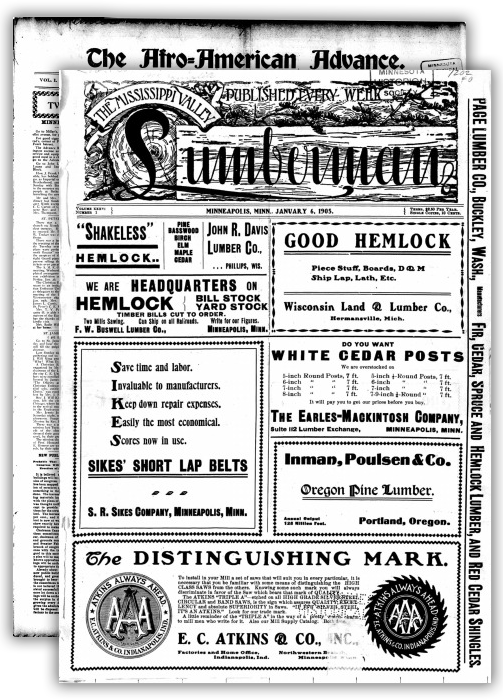The Hub contains geographically and culturally diverse newspapers published between 1849 and today. Due to potential copyright restrictions most issues published after 1977 can only be accessed from the Gale Family Library at the Minnesota History Center.
The Minnesota Digital Newspaper Hub incorporates Minneapolis Tribune titles previously found on a stand-alone website, foreign-language titles, and much more, with new titles and date ranges continuously being added.
The Minnesota Historical Society's newspaper digitization program is made possible through support from the National Endowment for the Humanities and the National Digital Newspaper Program (NDNP), the Legacy Amendment's Arts and Cultural Heritage Fund through the vote of Minnesotans on Nov. 4, 2008, SELCO (Southeastern Libraries Cooperating) through a grant from the Minnesota Arts and Cultural Heritage Fund for Libraries, and many other organizations and individual donors.
Material in the Digital Newspaper Hub may be protected by copyright law (U.S. Code Title 17).
About the titles
Frequently Asked Questions
Search the Newspapers
Looking for more information on MNHS digital newspaper collections? Visit Digital Newspapers at MNHS
